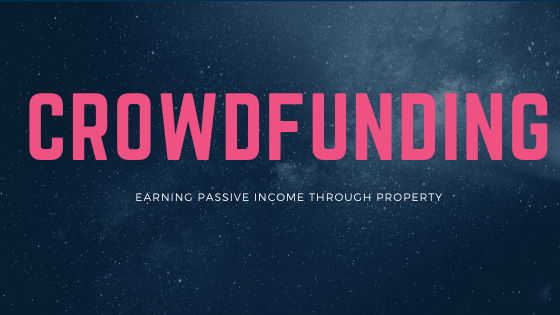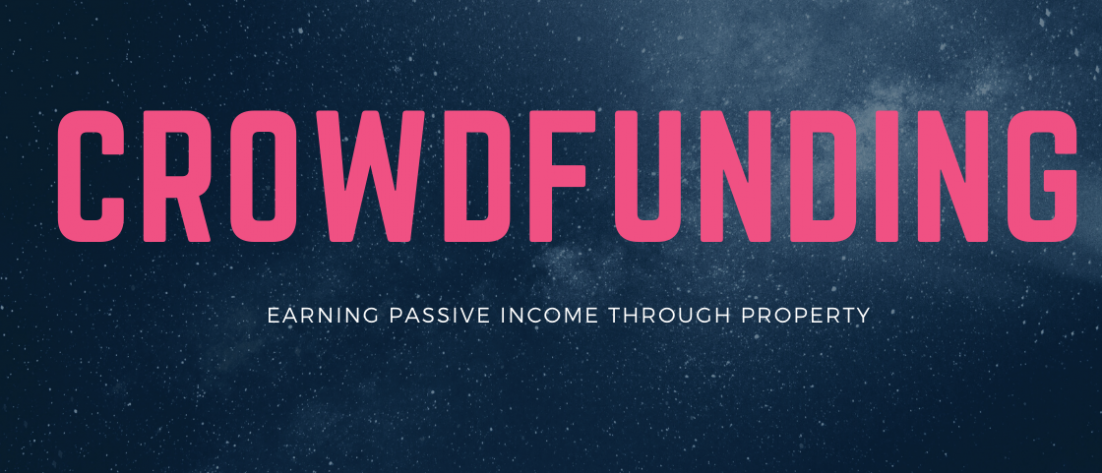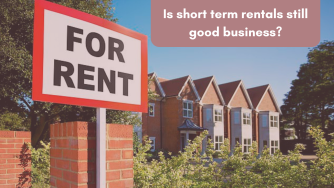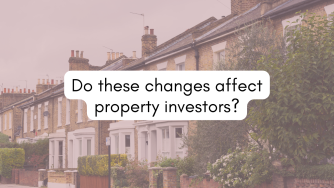Property investing is not really a complicated subject. In by blog post, I describe 4 ways you can generate income from property which covers 1) Appreciation from buying a property, 2) Rent from the property, 3) Services provided to the property 4) Strategies that leverage access to other people’s properties.
However, Crowdfunding is increasingly becoming more and more popular for passive investors who want to participate in the great yields you get from property investing. With amounts as little as £1000, you are able to invest in a project for a fixed return usually between 6-12% which is significantly higher than most other asset classes (or just leaving it in the bank!).
Previously, it was difficult/expensive to set this is up, but with property finance technology (Property Fintech), Crowdfunding platforms have become way more accessible. I recently made contact with a company that has a Crowdfunding platform that meets all the compliance requirements can facilitate collecting client funds, maintaining data, communication etc, so that we can raise funding when I find good development projects for as little as £1000/investor at a good fixed return so watch this space!

How Crowdfunding works?
You are able to invest in a project and secure a smaller stake of that project for a Fixed return (usually about 6-12%) which outperforms all other savings rates, OR you can participate as an equity share holder, which means you bear more risk if the project does not perform as well as originally forecasted. With the former fixed structure, you receive a fixed fee regardless of how the project performs, so your capital is not exposed to the downside risk of the project.
Increasingly, more developers are using this technique as a way to raise cash and it does represent a good win-win scenario as the Investor also maximises the return on their cash otherwise sitting around earning zero percent. Also, property represents a good and safe asset class, especially in the UK and more so in the major cities London, Manchester, Birmingham etc.
Here are the factors to look out for when considering who to invest with:
1) Where & what is the project? is it in an area you can identify as having good yields or returns for the strategy proposed. This means if the proposal is for a large HMO, will that area support the strategy and maximise the income? Also, if it’s a smaller project, will the yields actually work out as expected?
2) What are the payment terms? Will you recieve your interest payments (dividends) quarterly or annually? or if you’re investing for an equity share, will you receive your funds at the end of the project? and when is that foecasted to be?
3) What are the 3 exit scenarios? Review the Best case, Normal Case and understand the Worst case scenario if the project runs into financial difficulties, or if the build is delayed or the builder disappears (as has happened!). Knowing the plans put in place by the developer to overcome these challenges will help you lose less sleep over your investment.
4) Who is the developer? what is their track record of delivery or do they have a strong team that can deliver on their proposals? Understanding who makes up their team, how they will be interfacing with the lenders on the debt side of the project is important to make sure they comply with the lenders requirements on the project.
5) How often will communication be made about project progress? monthly? quarterly or at milestones? It is necessary that atleast you get feedback monthly if it is a small project or quarterly if it is a larger project (exceeding a year).
I’m doing more research about it, but once I get set up and find a good development project, I’ll be putting together an investor meeting to go through the details of the project, so you can participate if it sounds like something you’re interested in.
Next time, I’ll be covering the Pros and Cons of Crowdfunding for investors.







